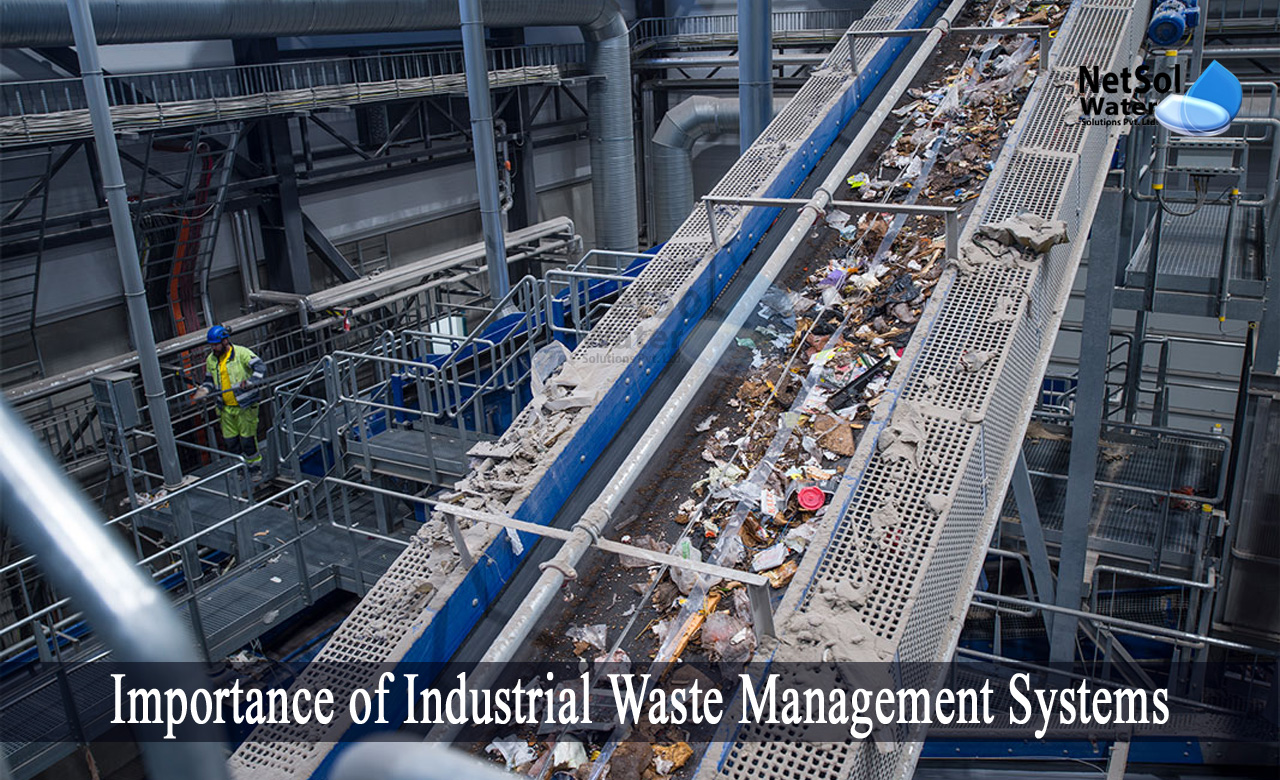Reclaim Waste Can Be Fun For Everyone
Reclaim Waste Can Be Fun For Everyone
Blog Article
The smart Trick of Reclaim Waste That Nobody is Talking About
Table of ContentsAll about Reclaim WasteFacts About Reclaim Waste UncoveredAn Unbiased View of Reclaim WasteReclaim Waste for BeginnersThe 15-Second Trick For Reclaim Waste
Discover the types, incidents, and kinds of liquid waste. Residential sewage waste describes the waste and products from a household sewage-disposal tank. This kind of waste is developed by people in houses, schools, and other buildings. This only consists of sewage-disposal tanks that have a drain field. The appropriate administration and disposal of domestic sewer waste need fluid waste to be transferred to a sewage therapy plant where the proper techniques and tools are used to purify and deal with waste.
Commercial waste usually includes possible risks, such as combustible products or a combination of fluid and solid waste items, and requires a much more innovative and in-depth disposal procedure. The disposal of commercial waste generally involves the purification of waste prior to transport to make sure safe and appropriate disposal. Hazardous waste is developed from by-products and overflow of industrial processes and manufacturing.
This kind of waste can not make use of the same sewage management transportation or procedures as septic or industrial fluids. The commercial waste administration procedure needs the assessment and testing of fluid waste prior to it undertakes the disposal process (liquid waste disposal melbourne). Overflow waste is the fluid waste that comes from overflow and excess stormwater in extremely populated locations or cities
Overflow waste can cause contamination and flooding if not handled effectively. Ensuring correct waste management can stop disasters and reduce ecological injury.
Reclaim Waste - Truths
Contact PROS Providers today to learn more about our waste monitoring and disposal services and the appropriate means to care for the fluid waste you create.
(https://www.find-us-here.com/businesses/Reclaim-Waste-Laverton-North-Victoria-Australia/34166924/)This supposed 'wastewater' is not only an important resource yet, after therapy, will be released to our land, waterways or the sea. Utilized water from toilets, showers, bathrooms, kitchen area sinks, washings and commercial procedures is understood as wastewater.

water used to cool down machinery or clean plant and equipment). Stormwater, a form of wastewater, is drainage that streams from farming and city areas such as roofs, parks, yards, roads, paths and gutters into stormwater drains, after rain. Stormwater streams without treatment directly to neighborhood creeks or rivers, eventually reaching the ocean.
How Reclaim Waste can Save You Time, Stress, and Money.
In Queensland, most wastewater is dealt with at sewer therapy plants. Wastewater is delivered from residential or industrial sites with a system of sewers and pump terminals, understood as sewerage reticulation, to a sewer therapy plant.
The Division of Natural Resources encourages city governments about managing, operating and preserving sewage systems and therapy plants. In unsewered areas, neighborhood federal governments might call for householders to mount private or home sewage treatment systems to deal with domestic wastewater from toilets, kitchens, washrooms and laundries. The Division of Natural Resources authorizes using home systems when they are shown to be effective.
In some brand-new communities, therapy of some stormwater to get rid of clutter, sand and gravel has actually begun utilizing gross toxin catches. Wastewater therapy happens in 4 phases: Eliminates strong issue.
Wastewater after that moves into big storage tanks where solids clear up and are eliminated as sludge. Oil and scum are skimmed from the surface. Utilizes little living microorganisms referred to as micro-organisms to break down and get rid of remaining dissolved wastes and great bits. Micro-organisms and wastes are integrated in the sludge. Gets rid of nitrogen and phosphorus nutrients that might create algal blooms in our rivers and endanger water life.
Some Known Factual Statements About Reclaim Waste
Nutrient removal is not offered whatsoever sewer therapy plants due to the fact that it calls for expensive specialist devices. It is coming to be much more usual in Queensland. Clear liquid effluent created after treatment might still view website contain disease-causing micro-organisms. If this effluent is released into waterways such as rivers or the sea, the micro-organisms will ultimately die out.

Many wastewater flows into the sewage system. Under the Act, local governments carry out approvals and licences for ecologically relevant tasks (ERAs) entailing wastewater releases that might have a neighborhood influence.
An Unbiased View of Reclaim Waste
Or else, samples are considered laboratory analysis. Often several examinations are needed to develop the degrees of each of the various contaminants such as oils, hefty metals and chemicals in water. Tracking gives factual details about water high quality and can validate that licence conditions are being fulfilled. The details gotten via tracking provides the basis for making water top quality decisions.
Report this page